What do you picture when you hear the word Kashmir?
Is it the snow? Is it the India–Pakistan issue or the local cuisines or the Dal Lake?
Five years ago, I used to think the same. But time flew. My interests changed. When I started reading a history book written by Prof. Upinder Singh, I became quite curious to know about the once-flourishing Karkota kingdom of Lalitaditya Muktapida, a mighty Hindu emperor who ruled from Kashmir and extended his territory towards the Silk Road and Banaras back in the 8th century CE.
I started researching where he might have stayed. Parihaspura, a place to the northwestern side of Srinagar, used to be their capital. But many temples were constructed by this dynasty across Kashmir. Sadly, all these temples are in ruins.
This blog is about one such temple, the Krimchi group of temples.
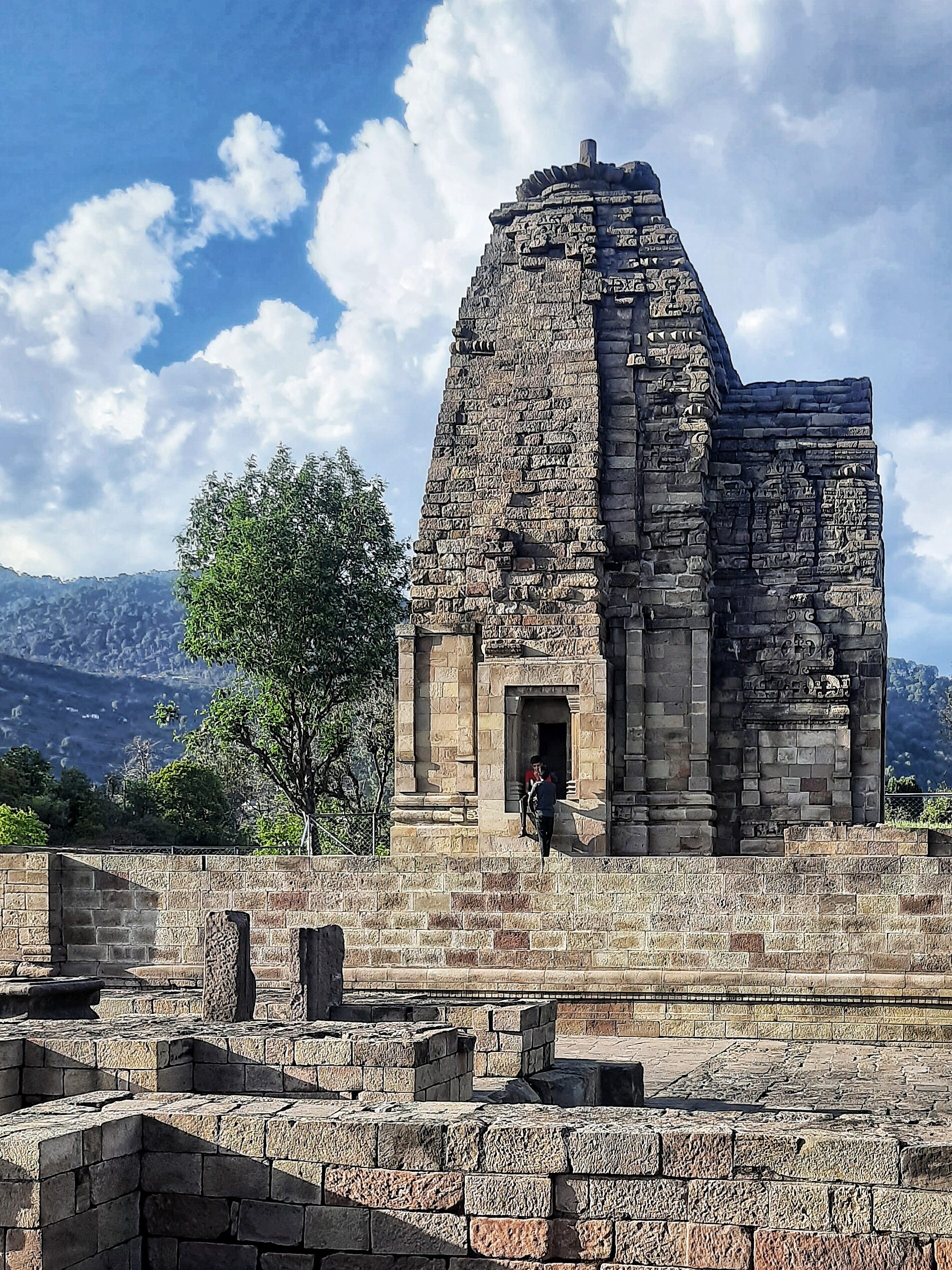
A Spontaneous Heritage Detour from Delhi to Kashmir
It was during my M.Arch days in Delhi that my friend Ullas and I had a sudden trip to Kashmir. After spending almost 3 days in Srinagar, we had our train back from Jammu to Delhi one evening. On our way back, we decided to explore one of the ancient temple ruins of Kashmir.
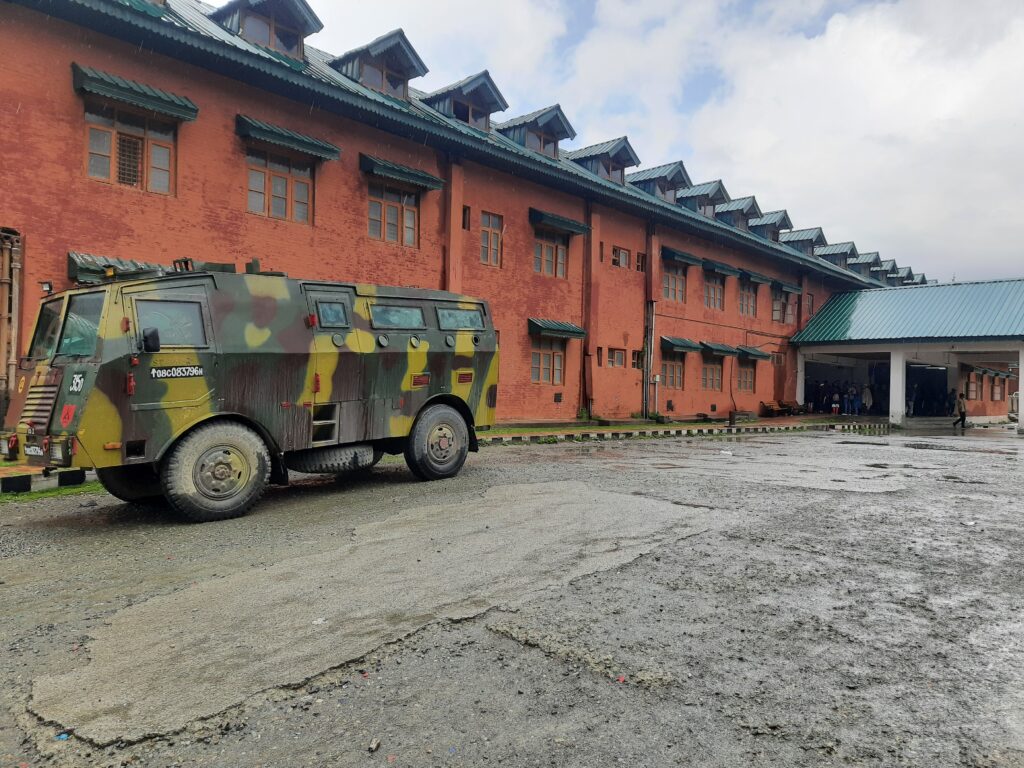
We wanted to explore the famous Sun Temple of Martand but couldn’t. With some regret, we finally decided to visit the Krimchi group of temples, which is quite small in size compared to other temples of Kashmir.
Chasing an Offbeat Route Through Udhampur
After reaching Udhampur, we were confused about how to reach Krimchi—mostly because Google didn’t have an answer. We asked the rickshaw drivers, and they asked us around Rs. 600 from the town to the village, which is only 14 km away. As we were students, we decided to check other affordable travel options.
After waiting for more than an hour, we got on a very interesting bus. I still remember the face of the conductor, who took our luggage and kept it on top of the bus. It was a small green bus. The bus was so crowded that we didn’t get a seat. Our minds were on our luggage, wondering if it was safe on top.
The locals looked at us curiously. I think it’s very rare that tourists use the local bus in this area. Hearing the Dogri folk songs playing on the bus and observing the locals, we finally reached Krimchi.
The driver warned us that the bus would return from Krimchi at 5 PM. There wouldn’t be any buses after that, so we had to be at the bus stop by 5. Otherwise, we would be stuck in the village! We had only 1.5 hours in our hands.
A Scenic Stream Walk to the Forgotten Temples
It was quite a tedious walk with our luggage—1.5 km from the junction where the bus stopped. We followed a stream called Birunala. It was such a scenic masterpiece by nature.
The village side of Kashmir has a different lifestyle—more agrarian. We saw Kashmiri girls running and playing on the banks of the stream. Elderly women were carrying milk and wooden logs to their homes.
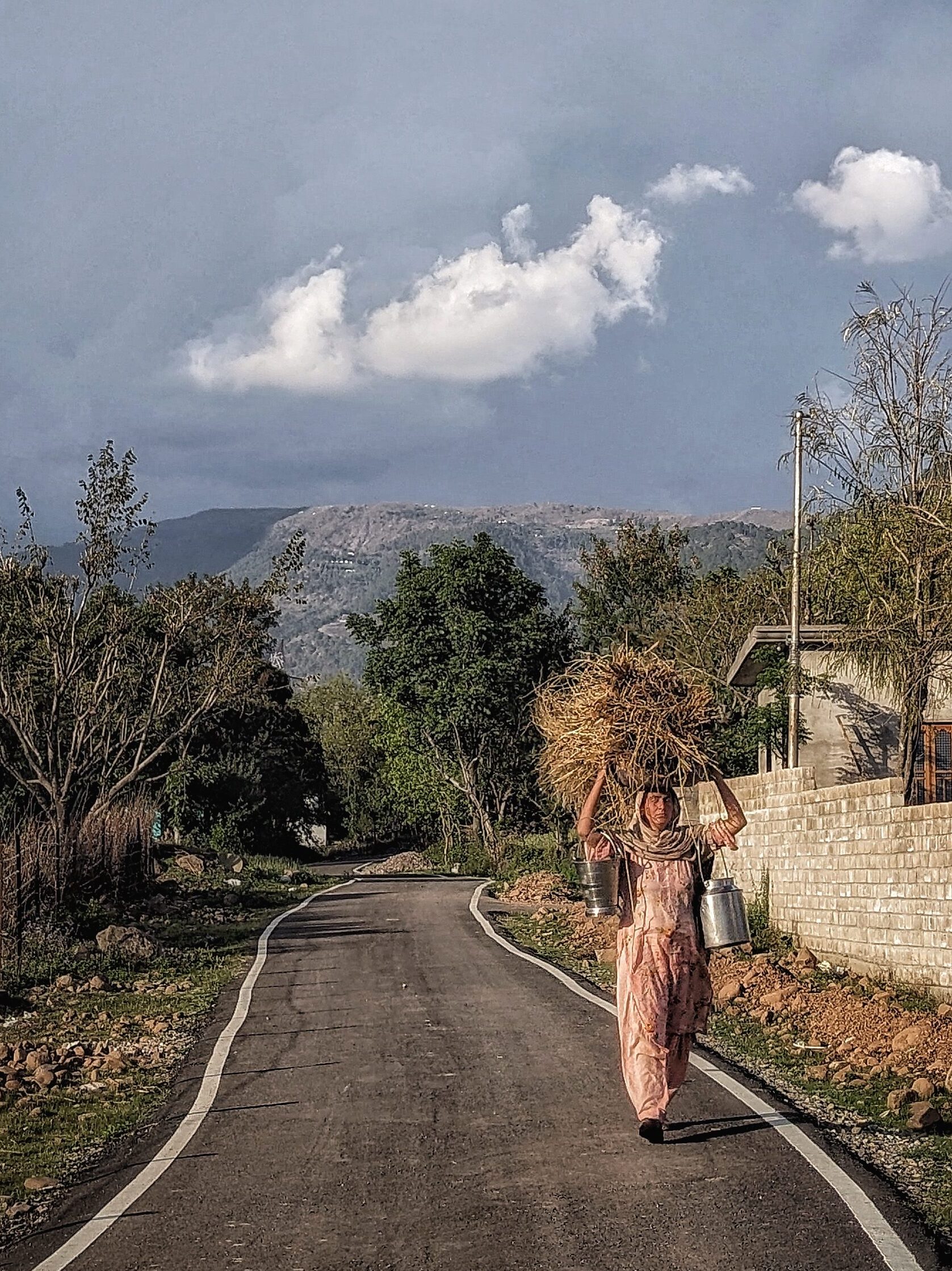
Observing these scenes, we finally reached our destination—the temple complex.
Krimchi Temple Complex: A Lost Jewel of Early Kashmir
The complex consists of 7 structures. According to the ASI, the temple complex was constructed during the 7th and 8th centuries. From the temple layout, I could see that two temples must have been added later on the northern side.
As per folklore, the temples are associated with the Pandavas, who are believed to have stayed in this area. The entire complex stands on an elevated platform made of locally available sandstone blocks.
The garbhagrihas remain untouched, but the mandapas were demolished. But who attacked Krimchi? There is no specific data available.

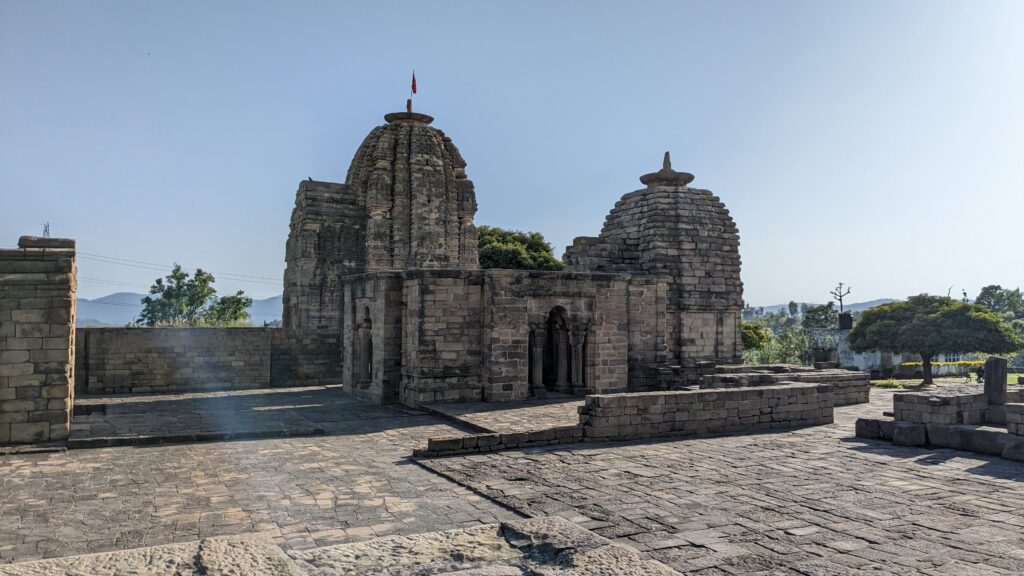
The complex includes deities of Shiva, Vishnu, Ganesha, and Parvati. The structure of the temples is very similar to the Adibadri temple in Uttarakhand, an example of Nagara-style temple architecture.
Greek Influence in Kashmir? A Forgotten Cultural Dialogue in Architecture
I believe we need to consider these temples in Kashmir as a sub-division of the Nagara style due to certain regional uniqueness. We can see multiple Greek influences in the temple. The fluted shafts and the detailing of the base and capital subtly echo Greco-Roman influence, yet the symbolic carvings and rhythmic composition of the structure remain deeply anchored in the Indic temple tradition. This harmonious blend of styles reflects the syncretic character of Kashmiri art, shaped over centuries through vibrant cultural exchanges across Central Asia and the Indian subcontinent.
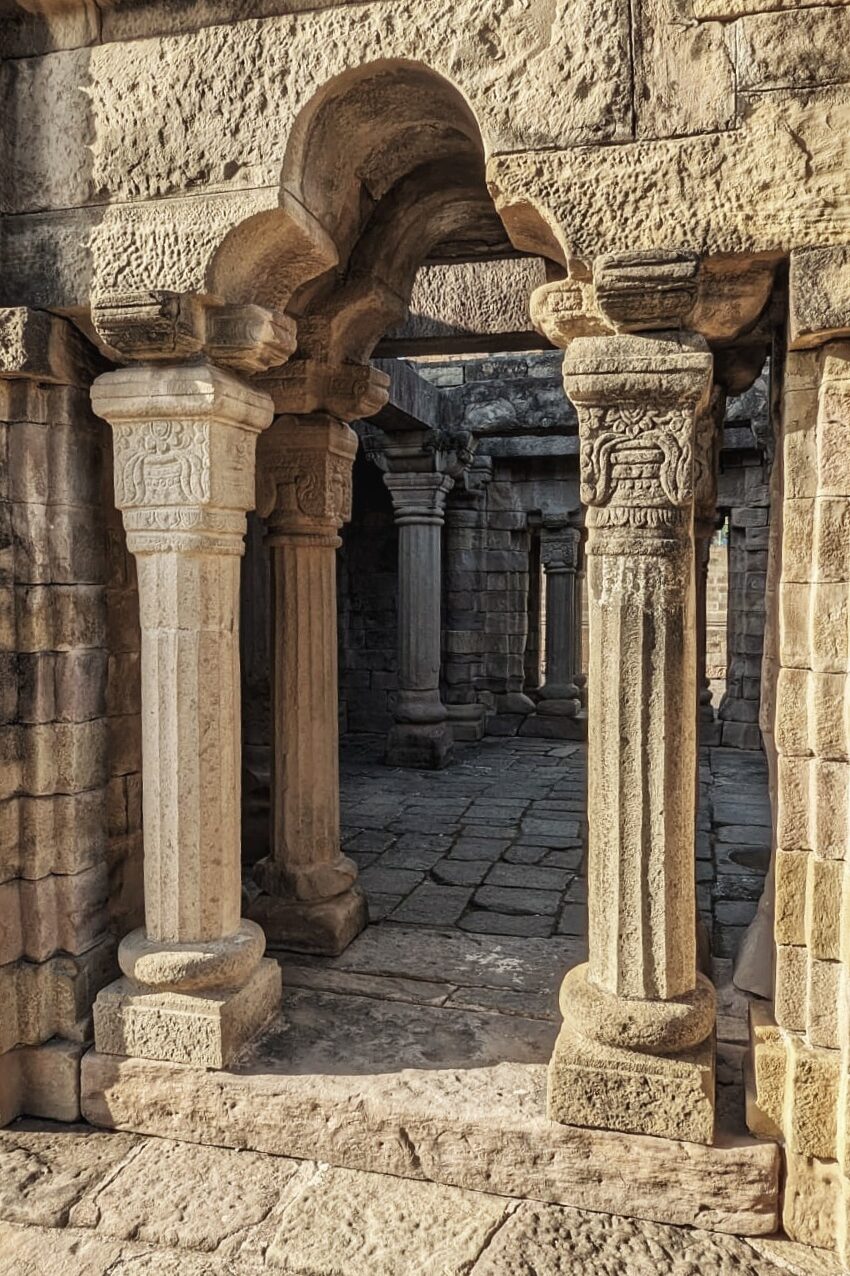
Could it be an influence from Alexander the Great? The Hellenistic art traditions in the northwestern part of India were quite famous after 326 BCE, when Alexander left some of his army in the region. The Gandhara School of Art also flourished in these areas, with influences from Greek art.
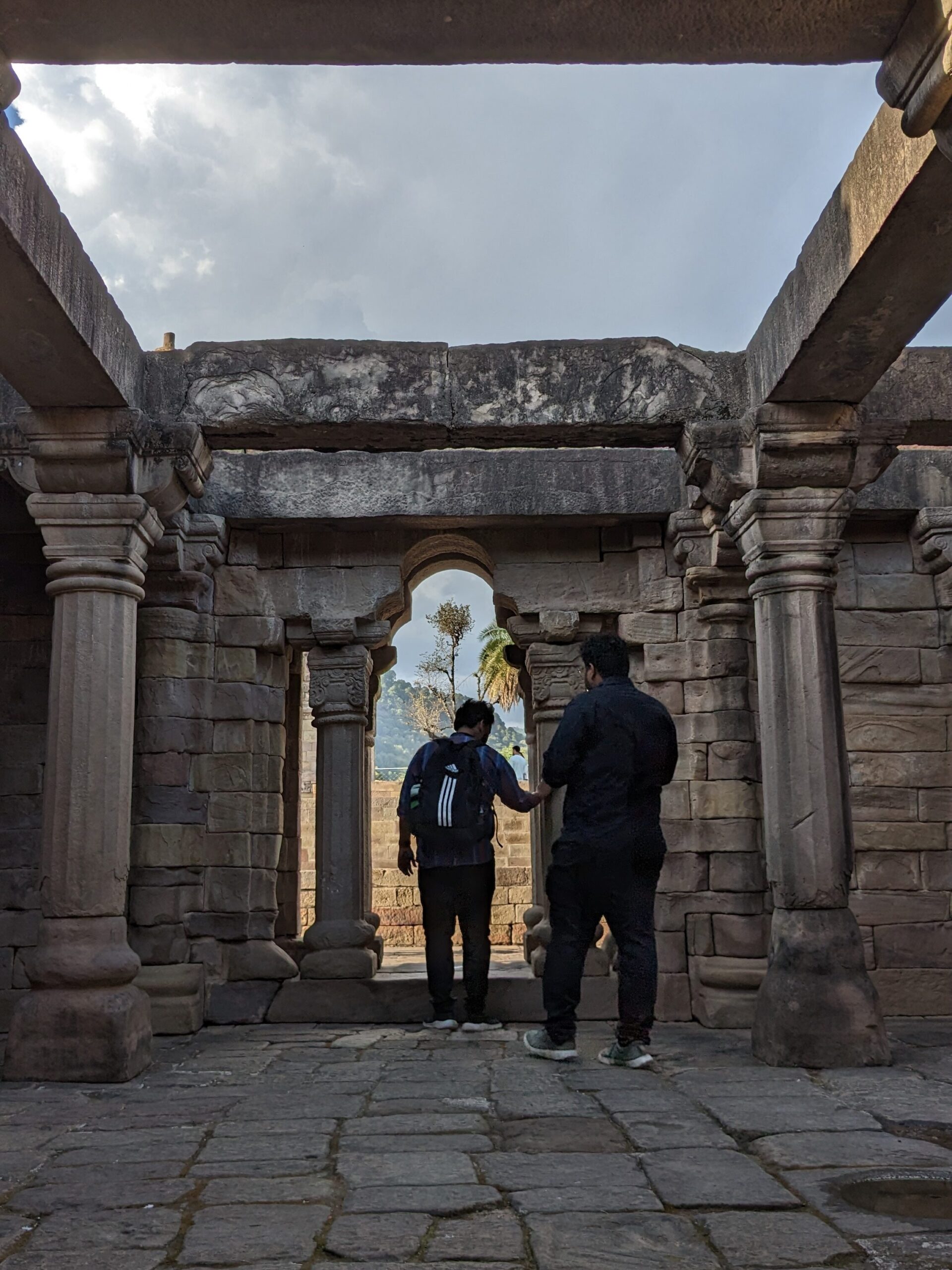
Or could it be due to the trade that happened earlier? I’m still curious to know how these influences reached here. I’m opening that as a question to readers—let us research that together.
A Memorable Race Against Time
After spending some time in the complex, it was time for us to leave. We started walking back in a hurry to catch the green bus. From 100 meters away, we could see that the bus was already waiting for us.
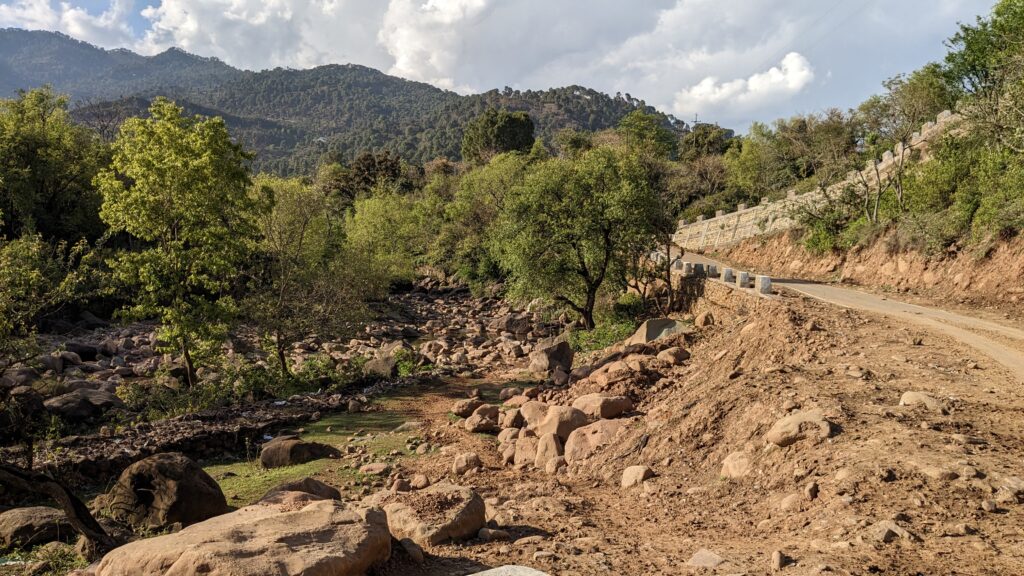

It had arrived earlier than promised. The last 100 meters we ran carrying not just our luggage, but a lot of memories.
To know more about Krimchi group of temples, go through the link below
/https://www.sahapediaexperiences.org/blog/krimchi-temples-remnants-era
Interested in knowing about other villages in Himalayan valleys? Go through the link below
/https://heritagevedanta.com/niti-village-a-remote-himalayan-paradise-on-the-indo-tibetan-border/
This experience is from a trip I took in April 2023, during my M.Arch studies in SPA Delhi
Discover more from HERITAGE VEDANTA
Subscribe to get the latest posts sent to your email.
